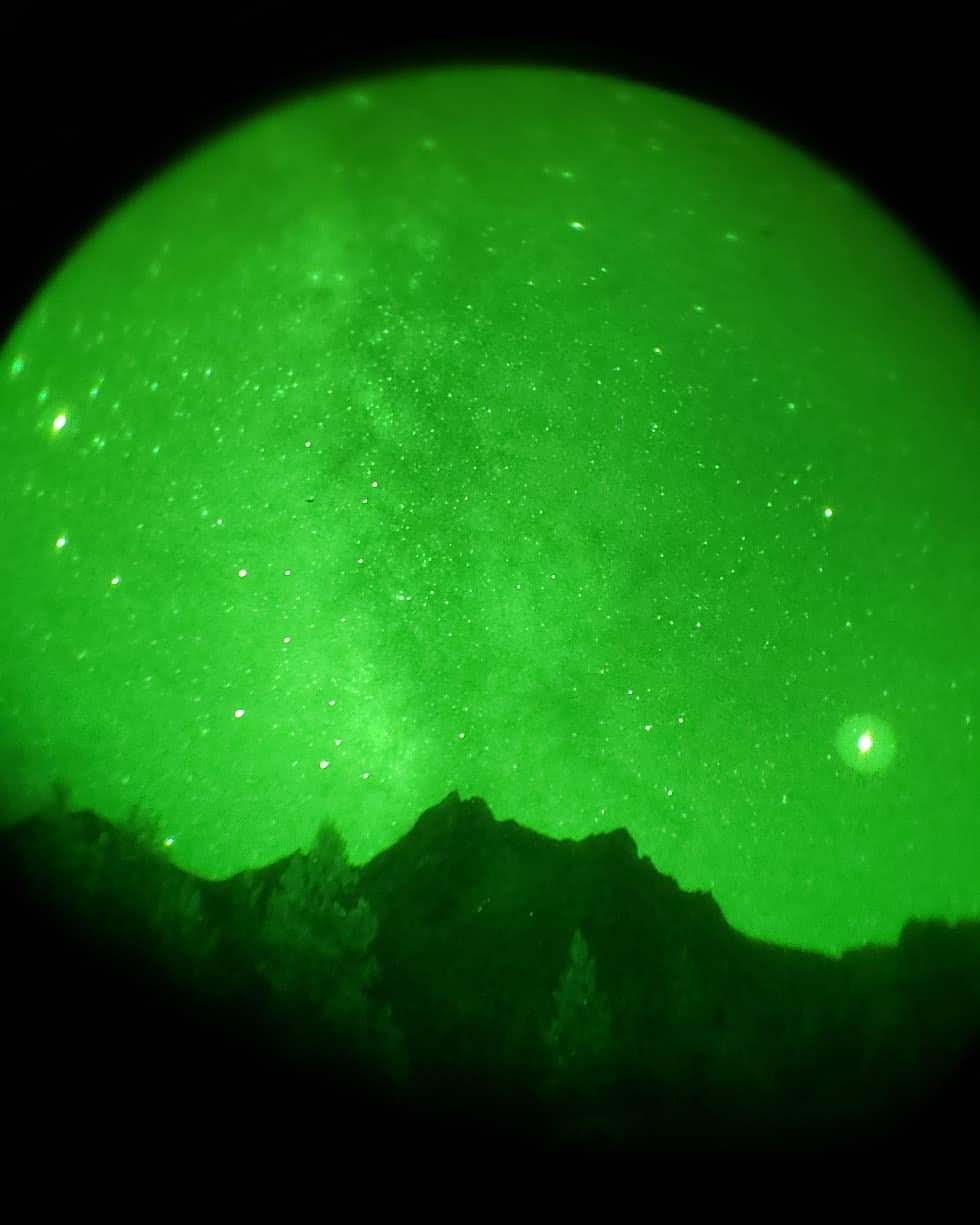
Dark sky areas are special. There’s something about getting away from all the light pollution and looking up at the sheer number of stars in the night sky. I don’t know about you but we love looking up at the sky at night and picking out constellations and specific stars or planets. It’s all part of the outdoor experience for us.
What Are They?

While researching the route for our upcoming road trip, I discovered there are specific areas where stars actually are brighter. Why? Because of areas designated as Dark Sky Sanctuaries, Reserves, or Dark Sky Parks. What are these you may ask? They’re areas that don’t have much light pollution from major cities allowing you to more clearly see the stars at night.
There are a number of national parks throughout the country designated as Dark Sky Parks and Dark Sky Sanctuaries. According to the International Dark-Sky Association, these areas are recognized for “an exceptional or distinguished quality of starry nights and a nocturnal environment that is specifically protected for its scientific, natural, educational, cultural heritage, and/or public enjoyment.”
Did you know the only Dark Sky Reserve in the U.S. is in Idaho? Lucky for us, it’s close to home and we frequent part of the area throughout the year. It is largely located in the Sawtooth Mountains – hello Stanley and Sun Valley areas! The stargazing here is incredible! Central Idaho Dark Sky Reserve is the official name and was so designated in 2017. Colorado will soon have its own dark sky reserve that will be much larger than the one located in Idaho.
Great Western Starry Way
We’re stoked to be heading into another area known for it’s dark sky area – Utah! While it’s not a Dark Sky Reserve, it is a part of the Great Western Starry Way. This is a concentration of Dark Sky Parks – more than 80 – that are certified by the International Dark-Sky Association. Aside from Utah, other states included are Idaho (of course!), Colorado, Arizona, Montana, Wyoming, and New Mexico. “The Intermountain West enjoys not only vast tracts of some of the world’s most dramatically scenic public lands, but also the exceptional transparency of night sky viewing afforded by high elevation and a decidedly arid climate,” (www.greatwesternstarryway.org). How fortunate we are to be able to see the brilliant stars in the Milky Way and more in these areas?!
Resources
I found some great information specific to Utah you can check out if you are planning a trip there. Go to Stargazing in Utah – Dark Sky Parks | Visit Utah to read about the best viewing areas to spread out a blanket and gaze up at the night sky. Many areas, as I mentioned previously, are located in and around the national parks in the area. Want to learn more about dark sky areas around the world? Check out the International Dark-Sky Association at www.darksky.org.
Stargazing in Urban Areas

Living in more urban areas doesn’t mean you can’t get out and see stars. The number of stars visible are certainly fewer due to the light from homes, businesses, and other things such as street lights. Weather is more of a factor as well so try and get out on a clear evening. Take a drive outside of your city to get away from the lights. Look for nearby hills you can use to block out the lights from town or use trees or other natural features as shields as some alternatives. Once you find a spot, pull over and step out of your car to gaze up at the stars. Before you head out, download an app like Stellarium to help you find constellations, planets, and stars…it’s pretty cool and has a red eye feature that limits the amount of light it puts off when you’re using it.
There’s something about seeing the vast number of stars in the night sky that helps put things in perspective for us. I always realize how insignificant my problems are when compared to the millions of stars twinkling in the night.
Happy stargazing!

2 comments